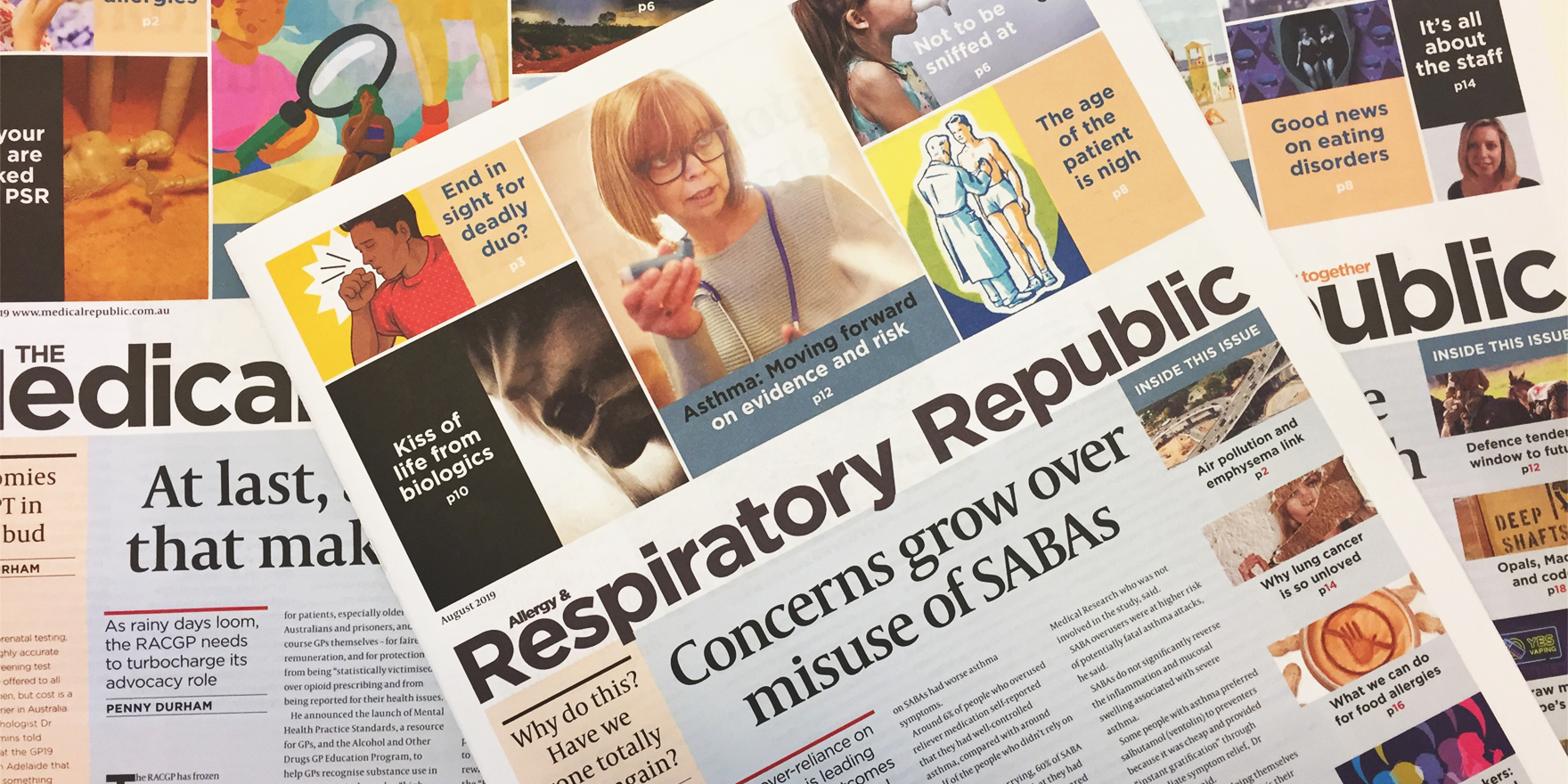Are Australian allergy and respiratory specialists under-served by their information sources these days? Not that I can see, which is not really surprising given the age of online information access we live in. So why do Allergy and Respiratory Republic? What are we thinking? We are thinking a few things, but they all have their […]
Are Australian allergy and respiratory specialists under-served by their information sources these days? Not that I can see, which is not really surprising given the age of online information access we live in.
So why do Allergy and Respiratory Republic? What are we thinking?
We are thinking a few things, but they all have their origins in a situation where rather than under-served, there are times in this world where you can be over-served. Times when there is just too much information, that is too hard to get through.
Allergy and Respiratory Republic has some simple premises: it reaches everyone in the fields of allergy and respiratory medicine in Australia with simple and engaging reviews of major local clinical, technology and political happenings.
It also incorporates the delightful tactile and functional utility of print. It is wholly directed at allergists and respiratory specialists, for their peers, and it is there to assist in influencing that sector of general practice where better multidisciplinary learning will improve communication and referral. Past that, we aim for a bit more accessible story-telling, and, fun.
Our editorial board, and their networks, will be our guide in our aim of finding and publishing the most interesting and locally relevant topics.
As an media organisation, our reason to exist is to improve the health of all Australians and the working lives of doctors. In fact, as an organisation, I will sometimes be heard telling people I work for a healthcare company, that monetises using media. Lofty, I know. But we believe it. And we are making progress.
We started with a GP-focussed newspaper just over three years ago called The Medical Republic. When we did that people thought we were a bit crazy. At that time this market already had two weekly newspapers, four journals and print media hasn’t exactly been enjoying its heyday.
We used colour – in the sense of bright and interesting stories presented from different angles – and a digital disruption in medicine focus, to see whether we could add something tangible to this market.
There is irony in our strategy to start with a print publication as we focus a lot on how technology is having an impact on medicine. But we do digital as well, in the form an email newsletter and website. And we also do events.
We have been buoyed to launch into the specialisation of allergy and respiratory by the success of a similar launch into rheumatology, called Rheumatology Republic. In that sector we work closely with peak rheumatologists to bring accessible community binding information every quarter in print, and every fortnight through email.
The rheumatology and the allergy and respiratory sectors have a fair bit in common. There is a lot of complexity in diagnosis, monitoring and the path of ongoing treatment. There is a lot of new targeted therapies, particularly in the world of biologics, that are rapidly changing how effective treatment is becoming.
Some of it is expensive and complex for patients. And there are a lot of emerging issues around developing more effective relationships with the primary care and allied health sectors.
Much more thought is being given to how patients can be more engaged in decision-making in their journey. And the connection to the general practice sector, and when and how a GP refers, is becoming more complex and more important.
With both a GP channel, and vertical specialist channels that are inter-related, The Medical Republic has a growing toolkit to help bridge many of these communication gaps.
As well as accessing all allergy and respiratory specialists, we distribute Allergy and Respiratory Republic to a select group of interested and influential GPs. And where there is an important piece for the primary care sector, we will publish that information in both publications.
If you have any ideas for us or our editorial board, or if you want to write something, please get in contact. Ultimately we hope, through this venture and our other communication channels, to help improve continuity and quality of care for across the sector.


